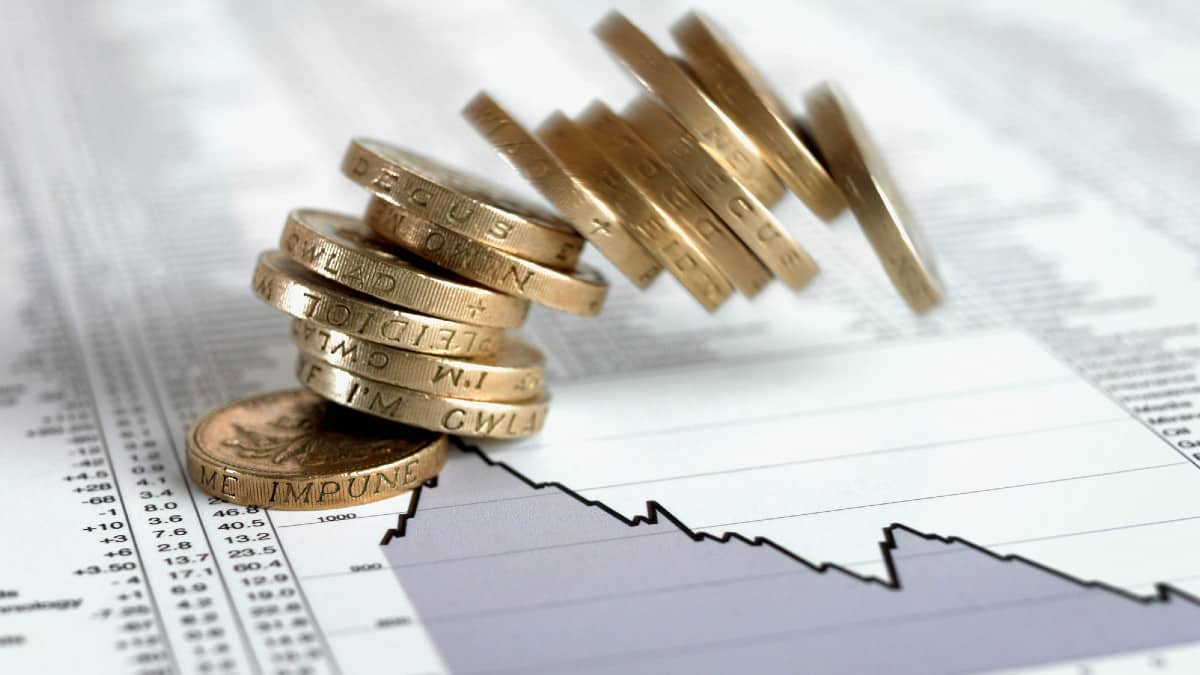Image source: Getty Images
Earning passive income can be as simple as buying shares in proven blue-chip businesses that pay dividends.
Doing that I could hopefully build lifelong and growing income streams, for a single investment now.
If I had a spare £9,000 to invest, here is what I would do to try and target more than £100 in passive income each month, on average.
Getting ready to invest
My first move would be a practical one.
I would set up a share-dealing account or Stocks and Shares ISA then put my £9,000 in it. I would then be ready to start investing as soon as I found some attractive income shares I wanted to own.
Picking an approach
If I did not know about the stock market, I would spend some time learning about important concepts such as valuation.
The next move would be to decide what approach I wanted to take.
As passive income is my objective, I would not need to decide whether to focus on growth or income shares. But I would still need to make choices like what sectors to focus on (I would stick to areas I knew and understood), how many different companies to buy to keep my portfolio diversified and whether I was willing to invest in low-yield companies with the prospect of high rates of dividend growth.
Quality over yield
The amount of dividends I would likely earn relative to how much I invest (what is known as dividend yield) would in fact not be my priority.
After all, dividends are never guaranteed. So what is a high-yield company today could axe its dividend tomorrow, for example because of changing business circumstances or having a lot of debt.
So my focus would be on finding attractively valued companies with great business models I reckoned could hopefully generate sizeable amounts of excess cash in future that may fund dividends.
Finding shares to buy
As an example, consider one share I recently added to my own portfolio, primarily for its passive income generation potential: Legal & General (LSE: LGEN).
The financial services provider operates in an industry I expect to see substantial, resilient long-term demand. Yes, there will likely be ups and downs along the way. But retirement planning is huge business and likely to remain so.
Specifically, Legal & General’s strong brand, long history and deep customer base all help give it a competitive advantage that has meant it has been consistently profitable in recent years.
A financial downturn could lead to some clients withdrawing funds, hurting profitability. But as a long-term investor I am happy to own the shares.
Reinvesting now to earn more later
With a dividend yield of 8.9%, Legal & General is a passive income goldmine for some investors.
Still, if I invested £9,000 at a more modest (though still high) average yield of 7%, that would earn me £630 in dividends annually. Good, but well below my target.
So I would reinvest my dividends for a decade. That move – known as compounding — ought to mean that, after a decade of compounding at 7% annually, I would be earning average passive income of around £103 each month.
Credit: Source link














